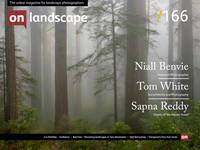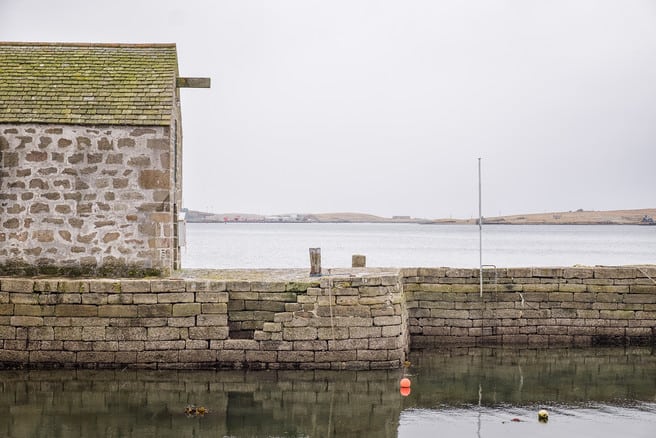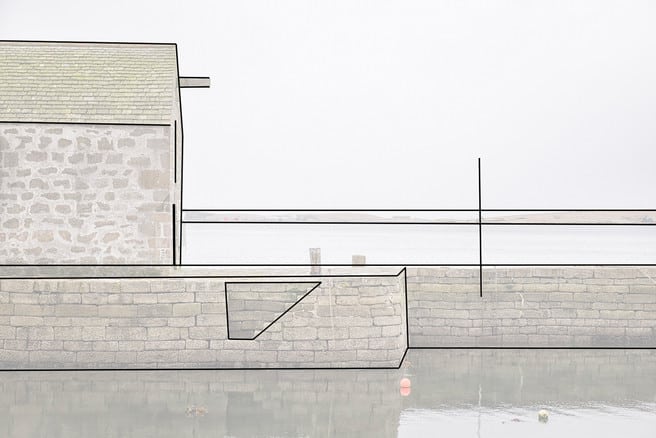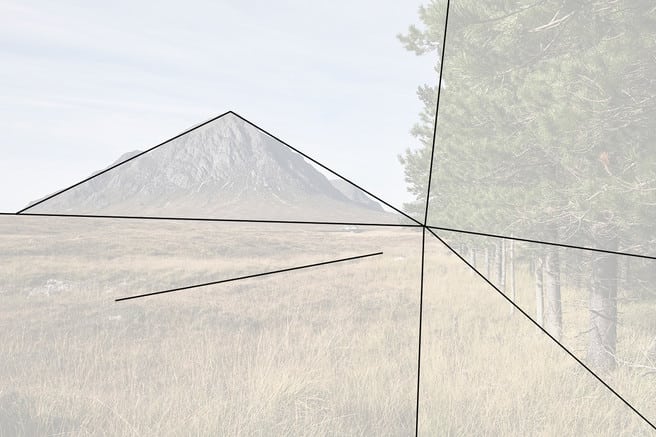Reader's Questions

Neil McCoubrey
I am a PhD student researching into the creative practices of a landscape photographer at Edinburgh Napier University. I am trying to understand why a landscape photographer chooses a particular location, particular subjects and then arranges the final composition. How does the photographer recognise the opportunity for making a photograph?
Every now and again I get sent an email from a reader with a question about a way of working, technical advice, an opinion on an exhibition, etc. I usually try to help and/or put them in touch with someone I know who may be better placed to give an informed reply. I recently thought it would be a good idea to share some of these with our readers and ask for their advice.
If you have any questions you'd like to share with our readers, please send them to submissions@onlandscape.co.uk and we'll post some every couple of issues.
Neil McCoubrey's question about seeing in two dimensions had me thinking about whether this is a learned capacity or something innate that some people have. I also used to think that covering one eye would drop everything into two dimensions but unless you stand extremely still, the parallax during movement makes everything pop back into three dimensions.
Please respond to Neil's thoughts on the 3D process, and also on his playing with the effect using post-processing, in the comments section below.
Tim Parkin (Editor)
I am a researcher at Edinburgh Napier University studying the intuitive practices of a landscape photographer and I hope that On Landscape photographers may be able to help me.
Occasionally, I will instantaneously perceive a landscape scene in just 2-dimensions, not three. This occurs when the scene has few or only weak depth cues and especially if it is largely monochromatic. This effect only lasts a few seconds until my brain catches up with reality, but it leaves a very strong impression. Recently, I have been trying to capture and even reinforce the 2D impression in my images and this has raised two questions that I hope On Landscape readers may be able to help with.
First, I understand this effect of initially perceiving in 2D which is then modified to 3D once the brain has caught up has been studied by others, but I have been unable to locate any papers or articles describing such research. Even having a name for the effect would be a good starting point.
Secondly, as photographers, whilst our images are inherently 2D most of us want to reinforce the impression of 3D. For this type of image, I want to achieve the opposite. I would like to enhance the 2D impression that I initially saw such that others may be encouraged to see it as well. Any ideas or pointers to others who have attempted this would help.
Here are a couple of examples
Lerwick Harbour
This is the scene in Lerwick harbour that I photographed
However, I initially perceived it as a series of strong lines and geometrical shapes that are all on the same plane. I have deliberately desaturated the image to emphasise the monochromatic nature of my perception.
Buachaille Etive Mor
This next image of The Buachaille Etive Mor is unusual in that is has strong colours, yet I still saw it in 2D, as a set of strong triangles rotating around a single point.
Here is the scene as I had seen it.
I have been using the above technique, of desaturation and the addition of lines, to reinforce the 2D impression. This is a very technical approach, but I want to achieve something more emotionally appealing whilst encouraging the viewer to consider the 2D nature of the scene rather than its content. The following is my most satisfying effort yet. Any suggestions for artists or other photographers who have attempted this kind of work and I welcome any ideas to improve on my results?
Thanks for your help.




